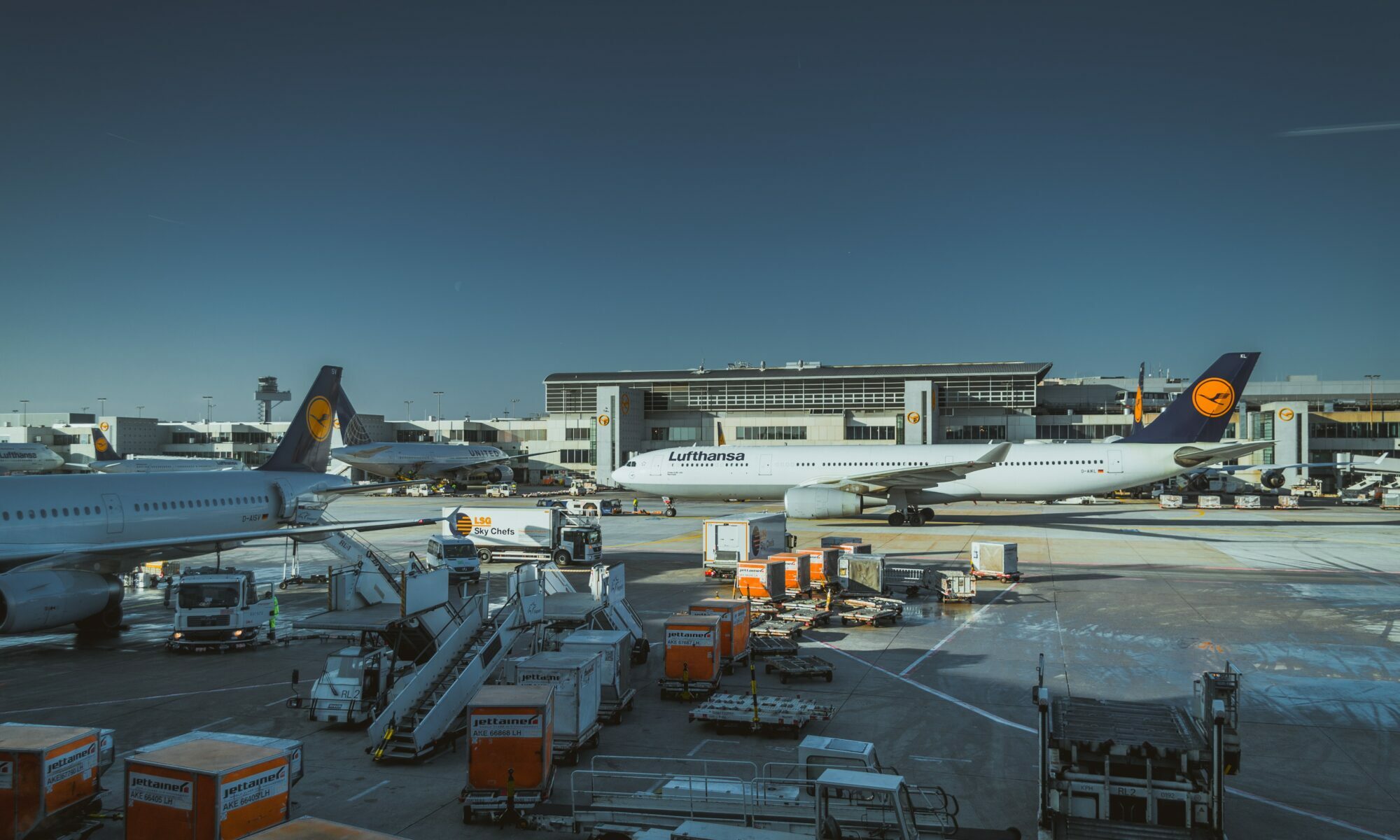The whole world is looking for an effective COVID-vaccine. Several logistics parties have cited that not only the development of the vaccine is a feat, but that the distribution too will be challenging. Is the logistical sector ready?
When a vaccine will finally be approved, the worldwide distribution of 800,000 tons of vaccines from the production sites will be a real ‘tour de force’. Currently, there is no a proven logistics chain that can guarantee the vaccine will reach the patient in a qualitative way.
Several logistic players expect problems with the distribution of the Covid-19 vaccine. According to the international airline federation (IATA), the transportation of the vaccines would require more than 8,000 747 jumbo freighters.
Incoming vs. outgoing logistics
The traditional logistics chain can be divided into several parts:
- incoming logistics
- production
- outgoing logistics
- last-mile distribution
We expect no real issues for the incoming and production part. Incoming logistics mainly deal with large standard volumes of essential raw materials that are supplied on a pallet by air or sea freight, often from China or India. The pharmaceutical giants are preparing to start producing their respective candidate vaccines in the meantime. Production of the vaccine will mainly take place at facilities in Europe, the United States, China and India.
The challenges are mainly situated in the outbound logistics area. The pharmaceutical sector has traditionally cooperated with aviation companies for the worldwide transport of medicines and vaccines. This often involves logistics flows in which a temperature-stable environment must be guaranteed. Such an environment is comparable to the transport of fresh fruit that is often flown from South America and Africa to the West.
Industry specialists warn that the young vaccine, with relatively unstable molecules, will probably have to be stored at freezing temperatures of -18 ° C or below and can only defrost six hours before injection. Therefore, the difficulty lies with the outbound logistics and we foresee four major potential obstacles:
1. Aviation has solid experience with refrigerated cargo, but not with freezing temperatures and with such a large volume.
The majority of current pharmaceutical products are standard refrigerated streams that are distributed worldwide via refrigerated containers. Frozen flows are, however, relatively unknown in aviation. It is the maritime sector that mostly responds to frozen transports via reefer containers.
But with frozen products, the pharmaceutical industry has relatively little experience in the outgoing part of the logistics chain. The dry ice, necessary to keep the cargo at the required negative temperature, also adds a tremendous amount of weight to the transport.
2. Only a limited number of airports are suitable to guarantee the cold chain of at least -18 ° C.
When the vaccines arrive at the destination airports, the problem arises of maintaining the cold chain of at least at least -18° C.
- The handling from the aircraft and the placement in a deep-freeze warehouse create the main challenges. Just think of the sweltering tarmac of hot transit airports like Dubai or Doha for example.
- Only a limited number of airports worldwide have sufficient deep-freeze warehouses available. In the entire African continent, there are only 4 airports that have this option.
- Pharmaceuticals and food are not allowed to be stored in the same room. The vaccine is likely to temporarily push out certain fresh food and flower flows.
3. There is hardly any monitoring of temperatures across the entire chain.
A logistics chain often consists of different parties, each individually responsible for specific tasks such as road transport, storage, customs clearance, transport to and loading of the aircraft and air transport. As a result, there are far too few integrated logistics chains worldwide that can monitor and guarantee the stability of the temperature during all intermediate steps. It is precisely those temperature fluctuations that are crucial for the quality of the vaccine. Moreover, dry ice is not a panacea for keeping the goods at -18 ° C or below for a longer period of time.
There are technological solutions on the market, such as temperature sensors that are read via beacons and smartphones. These are already in use in the local frozen food chains but are hardly used in the intercontinental logistics of pharmaceutical products.
4. The last mile distribution: the potential quality killer …
Potentially the most complex part of the logistics chain, as is often the case, is the last mile or the distribution from the local frozen warehouses to the hospitals, pharmacies or doctors. Here the problem of available local warehouse capacity also arises, and hence temperature stability and monitoring during distribution.

Today it is assumed that there is sufficient refrigerated warehouse capacity on the market. However, this is only partly true. In Western economies, there is indeed sufficient cooling capacity available on the road, but for the frozen segment this is mainly used for pallet distribution. Examples of this are countless if you look at the many frozen vegetable producers in West Flanders and large food retailers that operate frozen warehouses with a separate distribution chain.
However, this is a problem for the pharmaceutical distribution, because it hardly transports frozen products.
- So either dry ice will have to be used again, with the risk that doing this a second time can reduce the quality of the vaccine.
- Either one will have to actively cool the last mile and to do this enter into a partnership with companies that now supply food & beverage shops and retail.
- Another option is passive cooling with cool boxes, as is sometimes the case with online food webshops. Passive cooling, however, means that there may be a maximum of 12 hours between departure from the warehouse and delivery to the hospitals, doctors or pharmacies.
Apart from the availability of the necessary material such as sufficient cool boxes, dry ice and refrigerated trucks, this is a particularly challenging assignment in less populated areas or developing countries.
Unprecedented challenge
A vaccine will probably be available in the first quarter of 2021. However, the distribution of this vaccine will be an unprecedented ‘tour de force’. A faulty approach to the logistics chain can potentially partly nullify the feat of vaccine development.
It is therefore high time to start preparations that look beyond just transport from airport to airport . Brussels Airport and pharma-logistics federation Pharma.aero are working hard on finding solutions to handle this volume. However, the European Commission and national governments need to establish clear protocols with the WHO for the requirements for the distribution of Covid-19 vaccines, including the last mile.
We plead for the appointment of a task force with experts from the medical logistics and aviation sector now. The unseen efforts that are being done by the pharmaceutical industry to develop a vaccine can also be done by the logistics industry, as long as it is clear what the possible scenarios for protocols, timing, quantities and standards could be.
This post was written by Prof. Dr. Wouter Dewulf and Prof. Dr. Roel Gevaers from the University of Antwerp, Department of Transport and Regional Economics, together with Frank Van Gelder – Secretary General of Pharma.Aero – the expertise Center of Pharma and Air Cargo.
Read this article in Dutch on the UAntwerp Corona blog.


